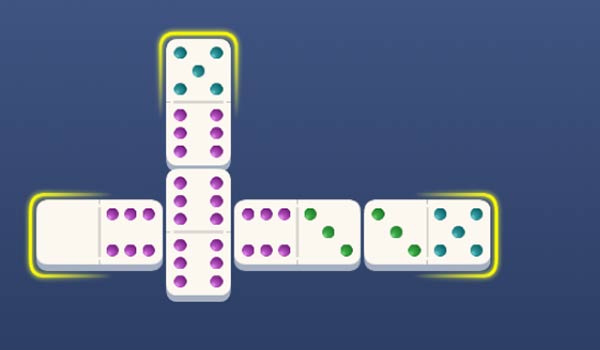


Villainous is available at Amazon for $34.97. The new Marvel Villainous game probably wouldn’t work as well over Zoom given its increased interaction between players, but I’m sure you could figure out a workaround if you’re really determined to play as Thanos. There are now 15 characters available in the four existing boxes, and they’re fairly well calibrated so that no character’s objective is too easy or hard to achieve relative to the others, although some are simpler to understand (e.g., Prince John has to collect 20 coins to win, while Ratigan’s objective can actually change during the game). Every other action in the game just involves doing things with your own board. When you “Fate” another player, you look at the top two cards from their Fate deck (white cards) and choose one to play on their board, messing up their strategy. While there is player interaction in Villainous, it’s one simple mechanic - the Fate action - that is easy to implement even if you’re not together. This continues until one player hits their objective and wins. Everyone plays the same way: maintain a hand of four cards, move your token to a space on the board, use any or all of the actions allowed on that space, draw back up to four cards.

#Play sorry online board game movie
Each character in Villainous is the bad guy from a different Disney movie (Captain Hook, Jafar, Maleficent, etc.) with a unique deck of cards, board, and objective to win the game. So as long as each house has one of the boxes, everyone can play together over Zoom. Each game is playable on its own, but all four sets can also work together in any combination you like.
#Play sorry online board game series
Villainous is a series of connected strategy games based on Disney villains. Half Truth is available at Amazon for $26.99. The owner of the game flips the card over to reveal the correct answer while each player shows their chosen responses. Whoever has the physical game reads the question and all possible answers, then each player writes down the one, two, or three letters corresponding to the answers they think are correct. Playing Half Truth over Zoom would be as simple as any virtual trivia game.

It’s a surprisingly fun game! The trivia questions are hard but not so obscure that you’re just guessing wildly, and the betting aspect (deciding whether to risk providing more than one answer) turns out to be very entertaining for everybody. You get bonus points if you give two or three correct answers, but if you get even one wrong, you get nothing. You can provide one, two, or three answers, and you advance your token on the round track if all the answers you give are correct. Players answer a series of trivia questions with six possible answers, three of which are correct. There are so few components that you can easily play this with only one participant owning the physical game. It came out in early May, just in time for everyone to play it at home - or over Zoom. Half Truth, a trivia game co-created by Jeopardy champion (and front-runner for replacing Alex Trebek) Ken Jennings, is the newest game on this list. Welcome To… is available at Amazon for $24.46. If you get tired of the original, there are also several expansion pads that introduce new themes ( Halloween, Winter Wonderland, Zombie Outbreak, Nuclear Doomsday) and small rule tweaks to keep the playing experience fresh. There’s no player interaction during the game, so you lose nothing if everyone is remote. That person will announce the scoring rules for that game and show the cards as they’re flipped each turn. You can choose to write down any of those three pairs, entering the number on a blank house on your sheet - staying in ascending order left to right - and checking off one of the six possible features.Īs long as everyone can print the score sheets at home, only one player needs to own the physical game. On each turn, you flip three cards over, revealing a house number on each new card and a feature (pools, parks, fences, etc.) on the back of the previous cards. (Think Yahtzee, but with cards instead of dice.) In the original Welcome To… game, players fill out addresses in a planned neighborhood - I can’t not think of Levittown when playing this - with houses on three parallel streets. It’s the leader in the subgenre of games known as “flip-and-write,” which means pretty much what it sounds like: You flip some cards to reveal their face values, and then all players use those values to write something on their individual scoresheets. Welcome To… is one of the best new games of the last five years, period.


 0 kommentar(er)
0 kommentar(er)
